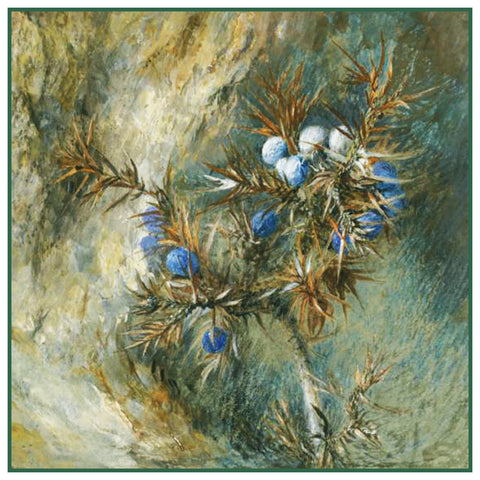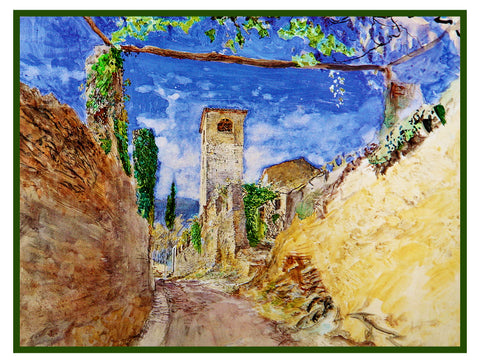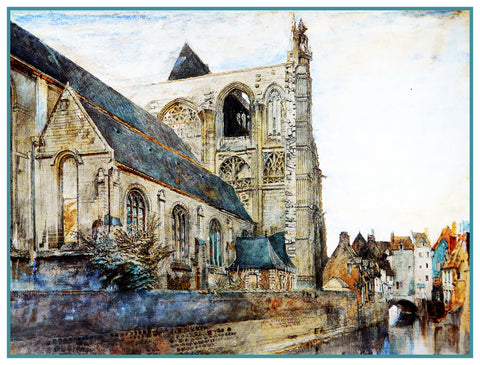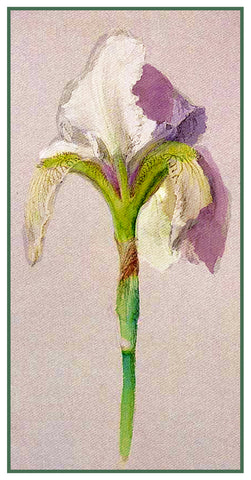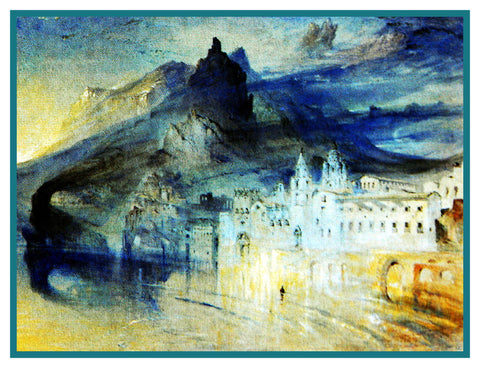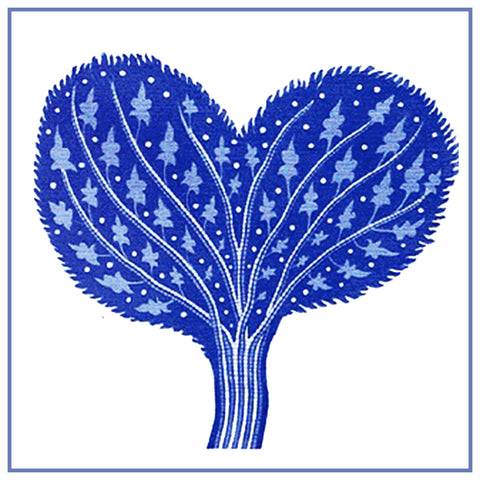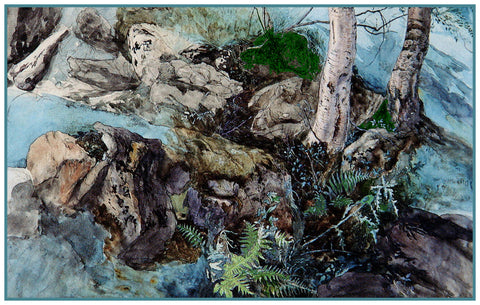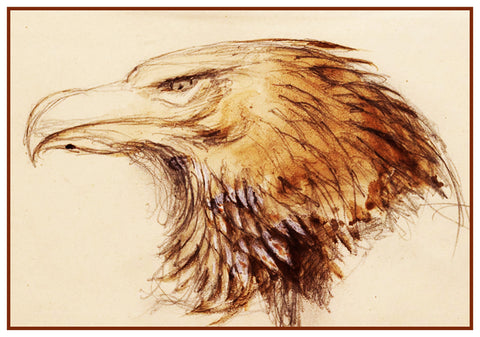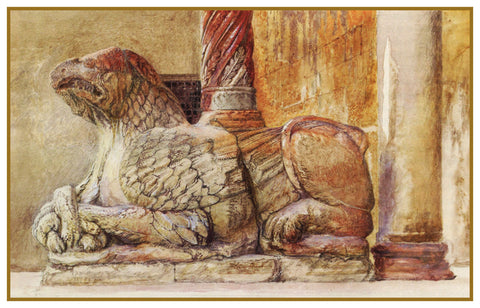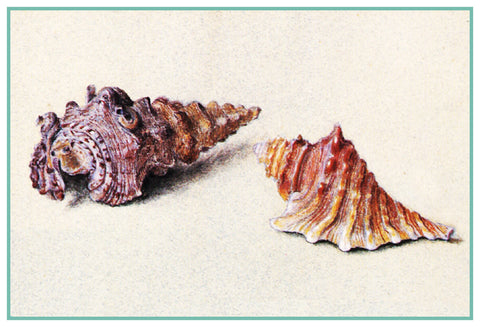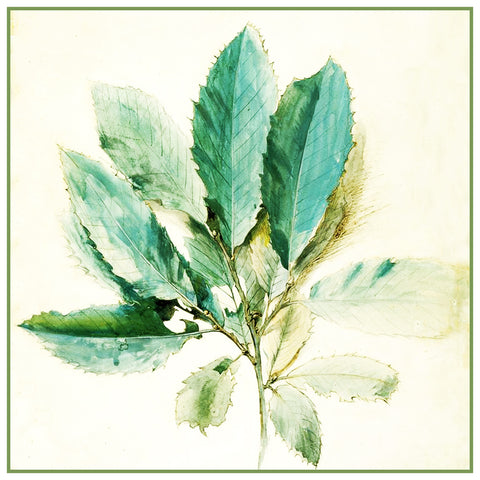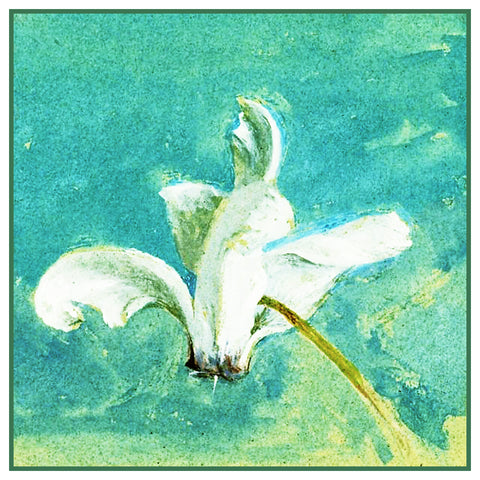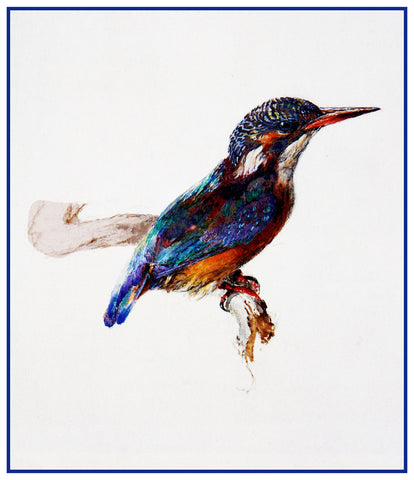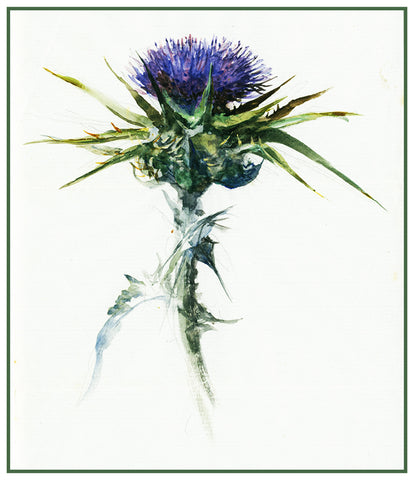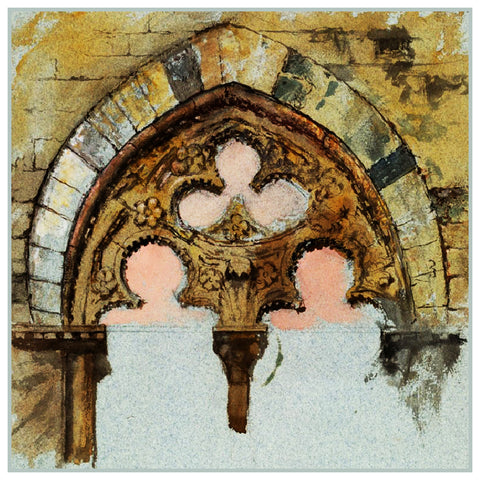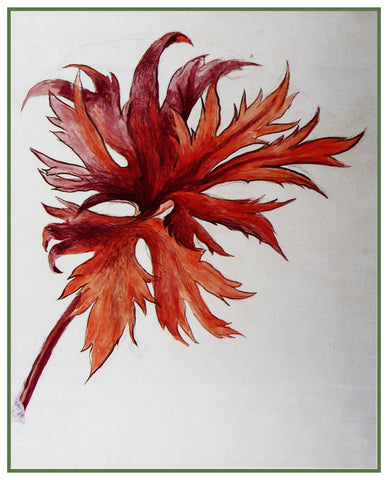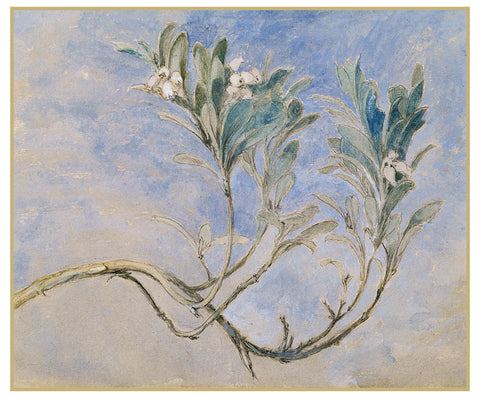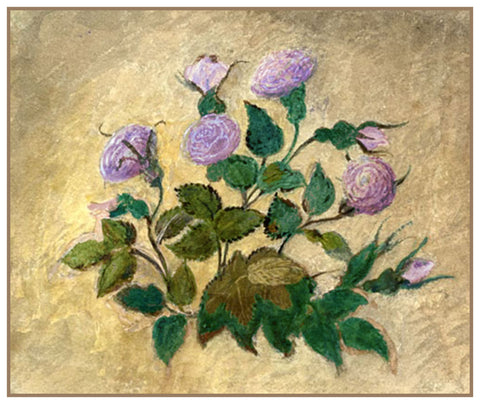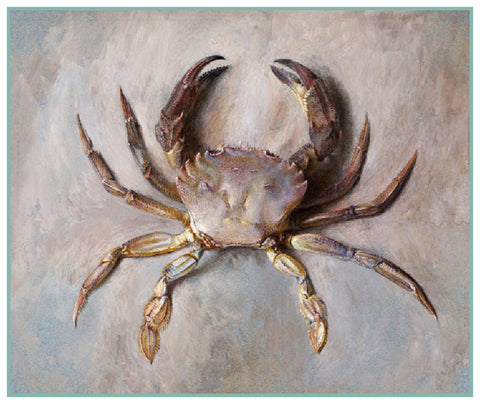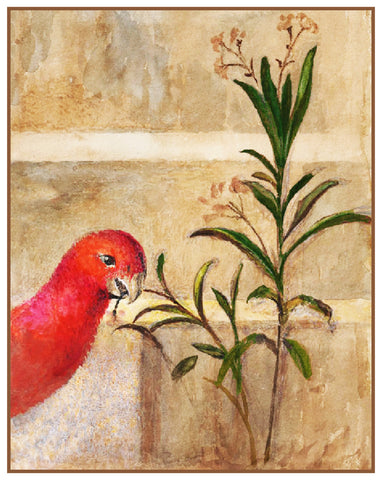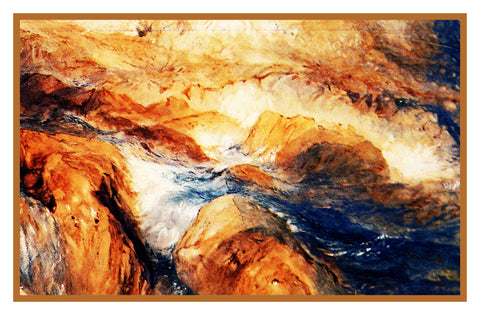Orenco Originals for the Artful Needleworker !
JOHN RUSKIN INSPIRED Counted Cross Stitch Charts Patterns
Enjoy our Counted Cross Stitch Charts Patterns inspired by the works of John Ruskin.

John Ruskin,1819 – 1900, was a leading English art critic of the Victorian era. He was also an art patron, draughtsman, watercolorist, a prominent social thinker and philanthropist. Ruskin penned essays and treatises, poetry and lectures, travel guides and manuals, letters and even a fairy tale. In all of his writing, he emphasized the connections between nature, art and society. He also made detailed sketches and paintings of rocks, plants, birds, landscapes, and architectural structures and ornamentation. He taught and lectured on art, form and function. In 1871, John Ruskin founded his own art school at Oxford, The Ruskin School of Drawing and Fine Art. William Morris and C. R. Ashbee (the Guild of Handicraft) were keen disciples, and through them Ruskin’s legacy can be traced in the arts and crafts movement. He is largely credited to have contributed many of the foundation blocks that the Arts and Crafts Movement were built upon. Ruskin's ideas on preservation of open spaces and conservation of historic buildings and places inspired his friends, Octavia Hill and Hardwicke Rawnsley, to help found the National Trust. He was hugely influential in the latter half of the 19th century, and up to the First World War. After a period of relative decline, his reputation has steadily improved since the 1960s with the publication of numerous academic studies of his work. Today, his ideas and concerns are widely recognized as having anticipated interest in environmentalism, sustainability and craft.
-
-
A Vineyard Walk in Lucca Italy by John Ruskin Counted Cross Stitch Pattern
-
Abbeville Church St Wulfran Ovingdean England by John Ruskin Counted Cross Stitch Pattern
-
John Ruskin Drawing of an Iris Flower Counted Cross Stitch Pattern
-
John Ruskin's View of Amalfi Italy Counted Cross Stitch Pattern
-
-
Rocks and Ferns from Crossmount Woods by John Ruskin Counted Cross Stitch Pattern
-
Sketch of a Golden Eagle Head by John Ruskin Counted Cross Stitch Pattern
-
Sketch of The Gryphon from the Duomo Verona Italy by John Ruskin Counted Cross Stitch Pattern
-
Study of 2 Shells by John Ruskin Counted Cross Stitch Pattern
-
Study of a Chestnut Tree Leaves by John Ruskin Counted Cross Stitch Pattern
-
Study of a Cyclamen Flower by John Ruskin Counted Cross Stitch Pattern
-
Study of a Kingfisher Birds by John Ruskin Counted Cross Stitch Pattern
-
Study of a Thistle Flower by John Ruskin Counted Cross Stitch Pattern
-
Study of a Window From Palazzo Tolomei Siena Italy by John Ruskin Counted Cross Stitch Pattern
-
Study of an Orange and Purple Leaf Spray by John Ruskin Counted Cross Stitch Pattern
-
Study of Myrtle Sprig by John Ruskin Counted Cross Stitch Pattern
-
Study of Rose Flowers by John Ruskin Counted Cross Stitch Pattern
-
Study of the Velvet Crab by John Ruskin Counted Cross Stitch Pattern
-
The Parrot and the Plant by John Ruskin Counted Cross Stitch Pattern
-
The Rocks in Unrest by John Ruskin Counted Cross Stitch Pattern


